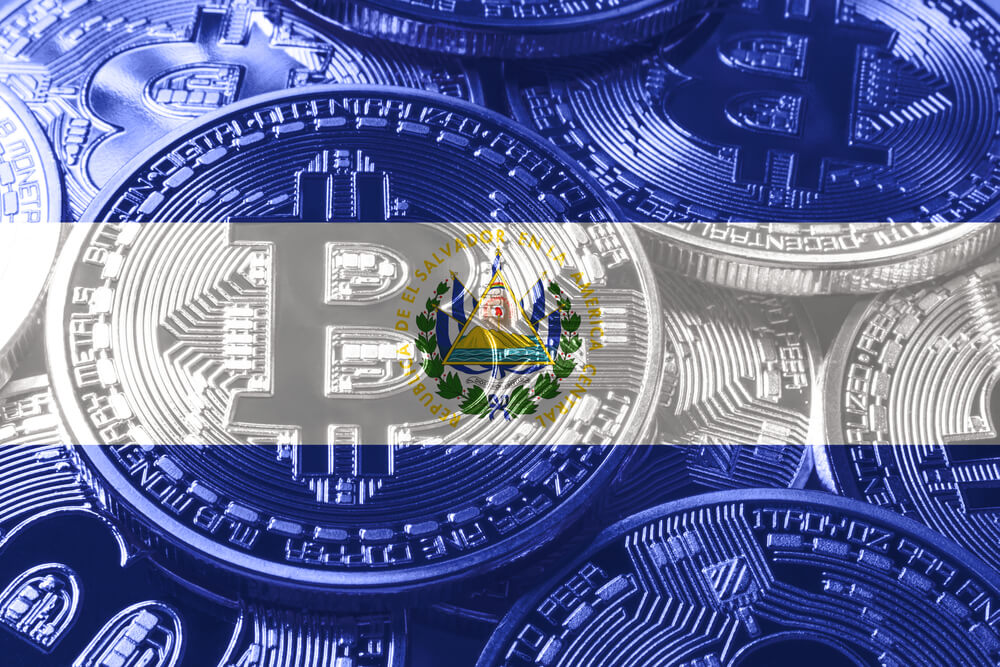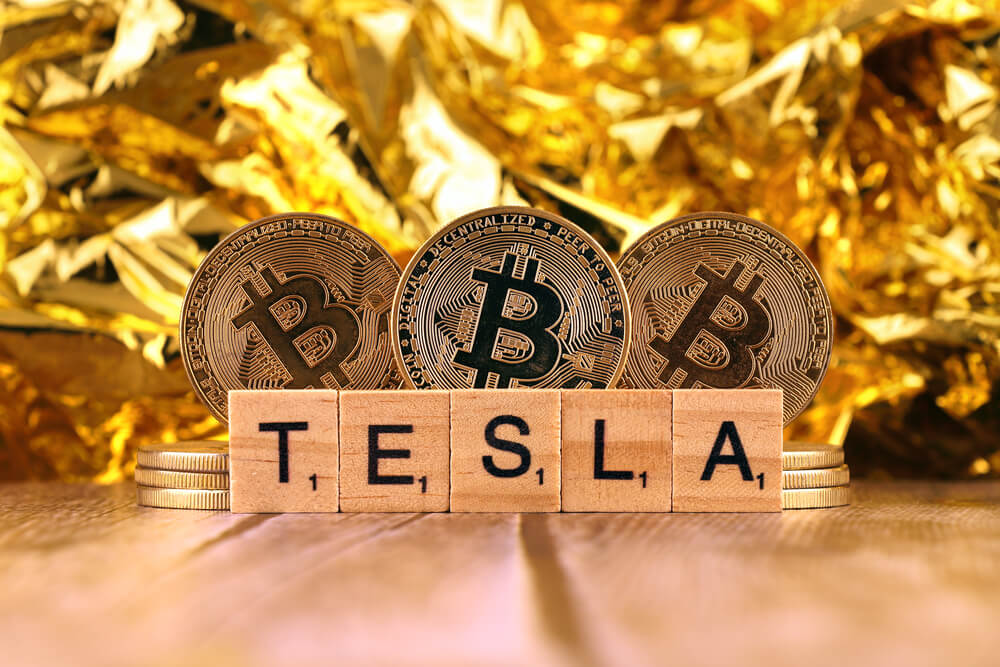Vajra Platform: an Indian Government Finally Says YES to a Blockchain Technology
So, I have a question for those who still got feelings. What is the first thought that comes to mind when you see the words “India” and “blockchain” in one sentence? As a crypto enthusiast, miner and investor (in most cases just another dumb fuck who tells everyone how great blockchain is), I get fucking angry!
All these times I had to listen to my girlfriend complaining about noise or heat, generated by my mining rigs while digging precious Bitcoins or Ethereum, were in vain. All those nights ruined by these virtual prospector machines that should have changed my life.
Things had been going so well for Bitcoin (as well as other shitcoins hard-wired to its price) at the end of 2017 and at the beginning of 2018 just until the Reserve Bank of India (RBI) banned all financial institutions in the country from “dealing with or settling virtual currencies”. Surely, before it happened, there had been bad omens along the way.
But can you imagine a population of more than one billion losing a way to buy or sell cryptocurrencies in just one day? And what do you think happened to all cryptos’ prices? Yes, you’re right, because of India the price of Bitcoin and other shitcoins collapsed.
At that time, I was chilling in Rome with my girlfriend and she told me that I should sell everything I have, exactly then and there. She has never been interested in the blockchain payments technology, thus, she supposedly was not a reliable source of information. However, I was wrong and she was totally right and I should have listened to her. Just as expected, she told me later “I told you so”. Anyways, I didn’t sell and I decided to “HODL” (I don’t know, why crypto-heads use this term instead of saying just “hold”). And you can imagine that I have been holding since. I do realize that there were other factors in the Bitcoin price drop, but India blockchain was definitely one of them.
It’s enough for the sad bullshit. It’s time for good news. The same organization in India that shot down the crypto rocket going to the Moon, can launch it again to new heights. The Reserve Bank of India and it’s umbrella organization the NPCI or National Payments Corporation of India unveiled an India blockchain platform with a strange name that gives a somewhat homy feeling about its origin, called “Vajra”.
I will save you some time going to Wikipedia and checking what the word’s meaning is. It means an indestructible weapon or a diamond as well as a thunderbolt or an irresistible force. I say NPCI let their fantasies run wild when they were choosing a name for their new platform. You are probably just as surprised as I was when I learned that the same country that had banned every commercial blockchain technology (cryptocurrencies and crypto exchanges), 2 years later would decide to adopt the same technology for banking purposes and let their finances go “full blockchain”.
Imagine the country where you ban guns from civilian usage and then issue them to police and military personnel. Oh, it’s actually quite a common practice. Or picture a country that forces other countries to ban and utilize nuclear weapons, while at the same time they would work on doubling or tripling their nuclear arsenal. Yep, I know, another real-world example. Obviously, this approach works really great.
Now comes the complicated and boring stuff about the Vajra platform. The main goals of the NPCI’s new platform are to automate, speed up and secure central payments In India. Obviously, the organization itself will be an administrator of the network. The network, of course, will be private and we, honest miners, won’t be able to help in transaction processing and confirmation (*dumb joke alert). NPCI will be the one to issue permits for the network.
The Vajra platform will consist of three nodes:
1. The first node will be managed by NPCI and will provide certificates for the network’s participants.
2. The second node is “people’s node”. In order to initiate a transaction, a person must have an Aadhar ID card, which is not mandatory in India. Also, it’s issued online and you can print it yourself. The organization behind the Aadhar program considers the system advanced and secure. Yeah, sure, until you get an error 404 on their website or someone steals your identity by printing your Aadhar card while replacing your picture. If you would like to learn more, you can google it yourself, this piece is not about an Aadhar ID, though both projects have similar strengths and weaknesses.
3. The last node is “banks’ node”. Judging by its name, this node will be managed by banks and this is where they will create, process and review transactions.
NPCI is known for its vulnerable online banking projects, even though they use modern encryption and multi-factor authentication solutions. However, when money is involved, fraudsters are always one step ahead and NPCI is not an exception. The organization states, that they are taking all the necessary steps to make their digital solutions safe and secure, including the new Vajra platform in development. Let’s hope they really mean business.
Examples of blockchain technology-based projects that are in development by government organizations are always a good sign for the market. It all started with Bitcoin and recent events only to prove that the first crypto fanatics were right. Blockchain payment systems are fast, secure and, most importantly, cheap and easy to maintain, which makes them cost-effective and quite reliable. The only piece of a puzzle missing from this equation is FREEDOM, which has always been the main momentum of blockchain technology.


